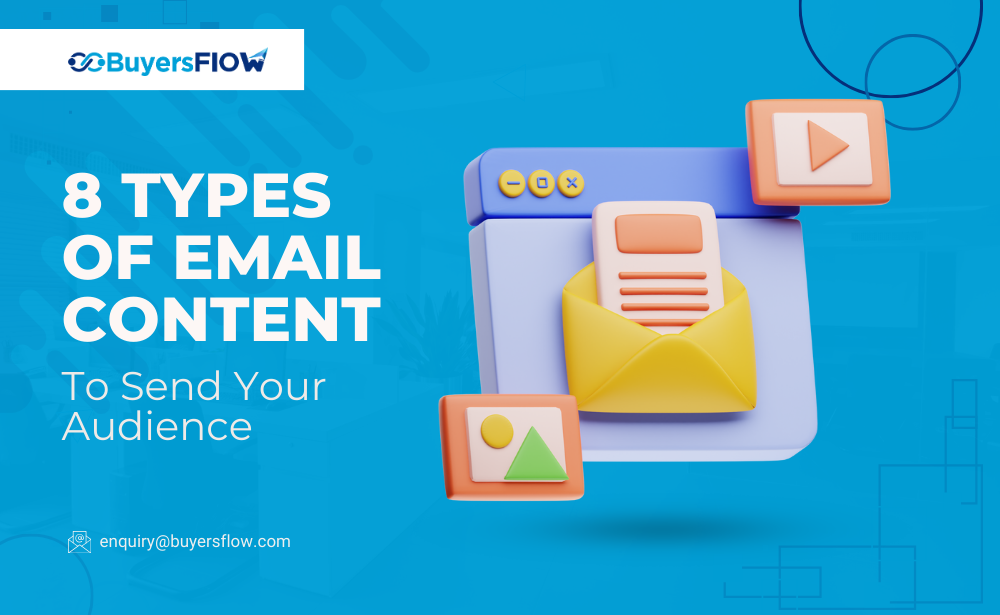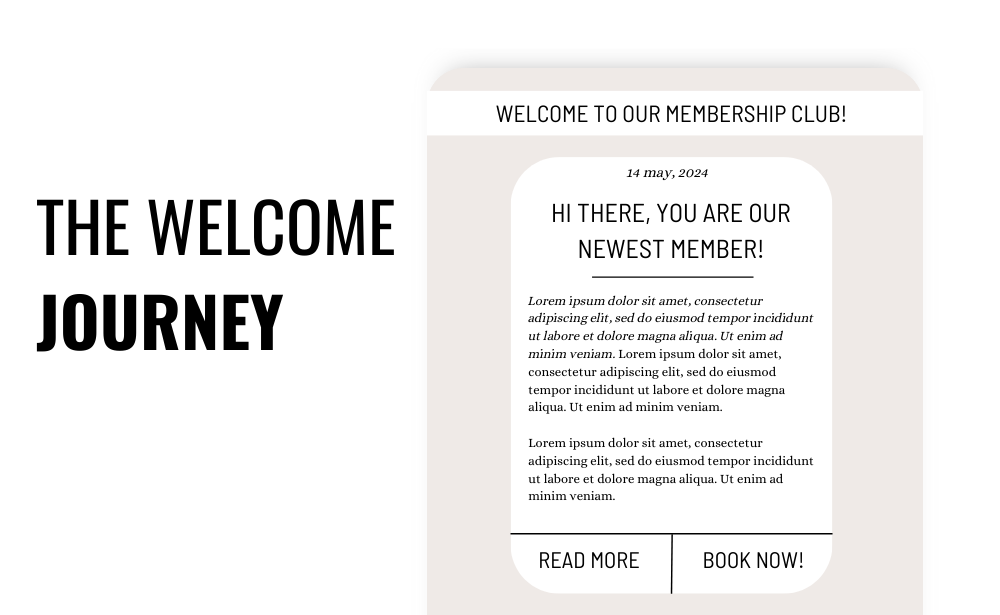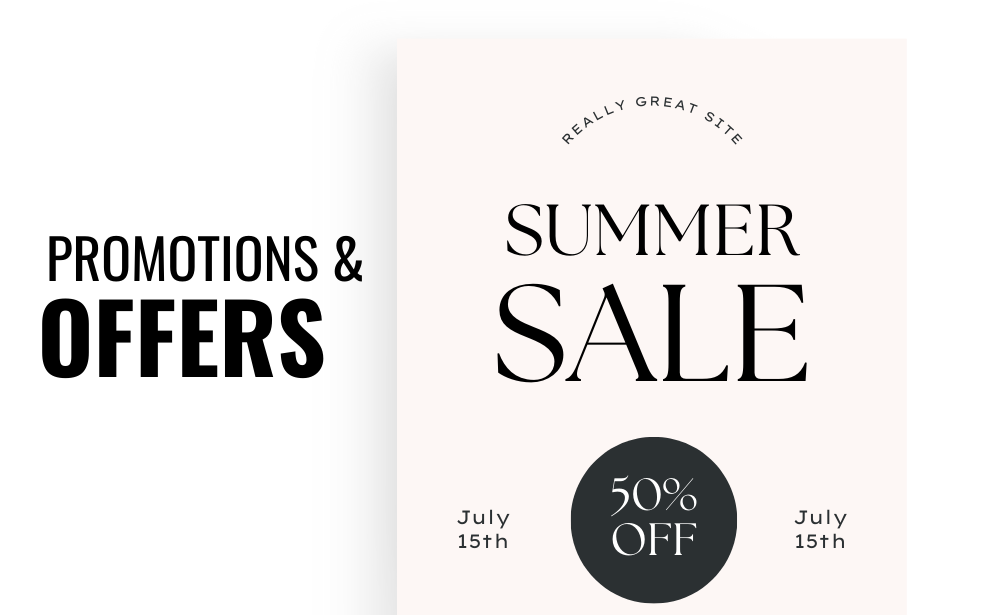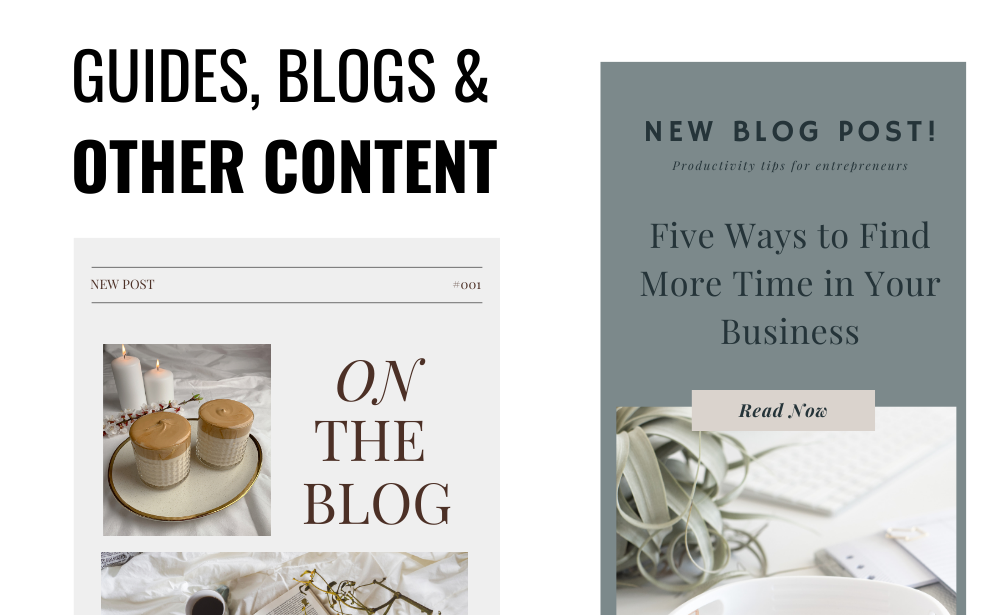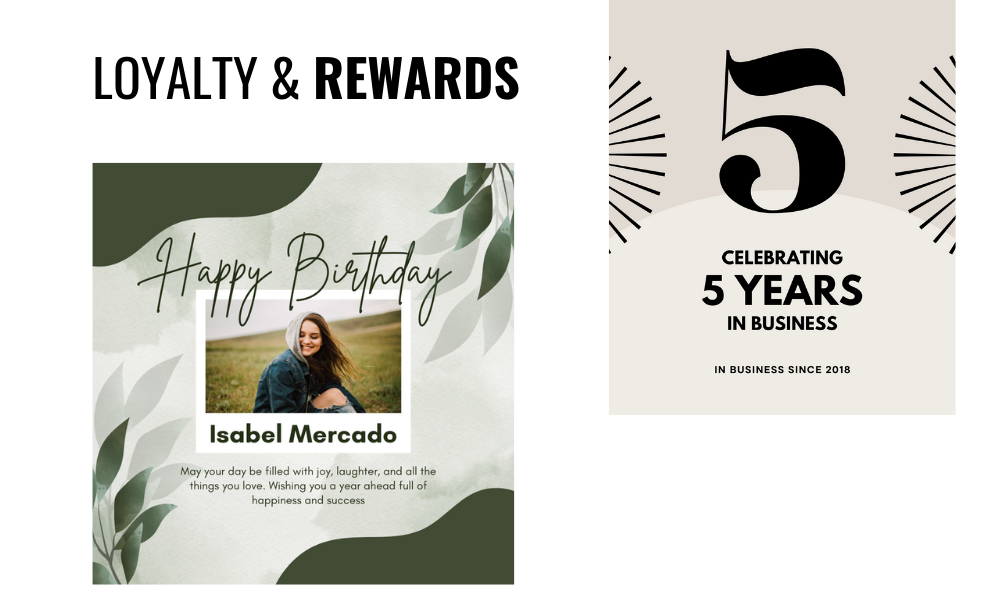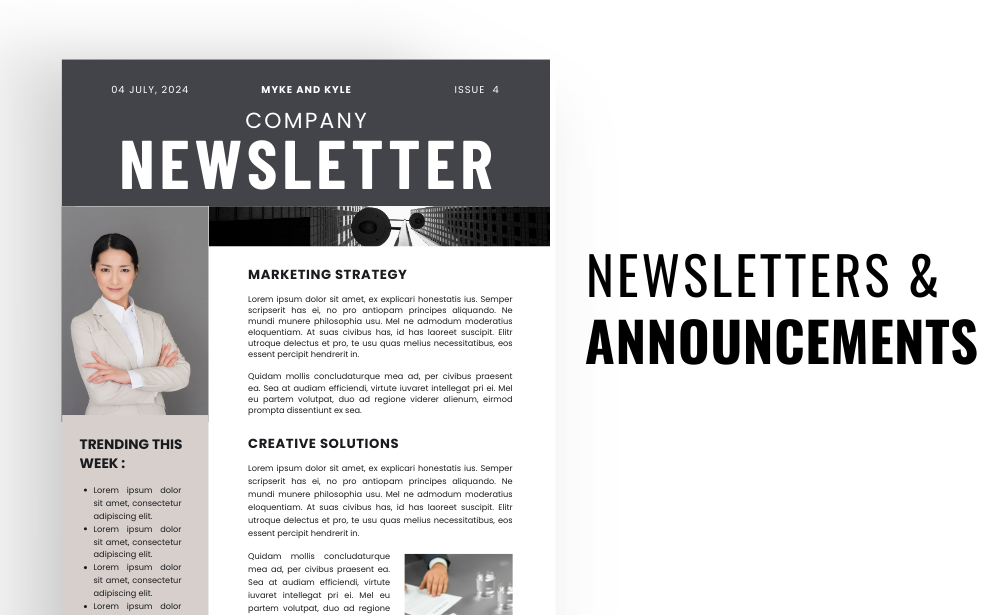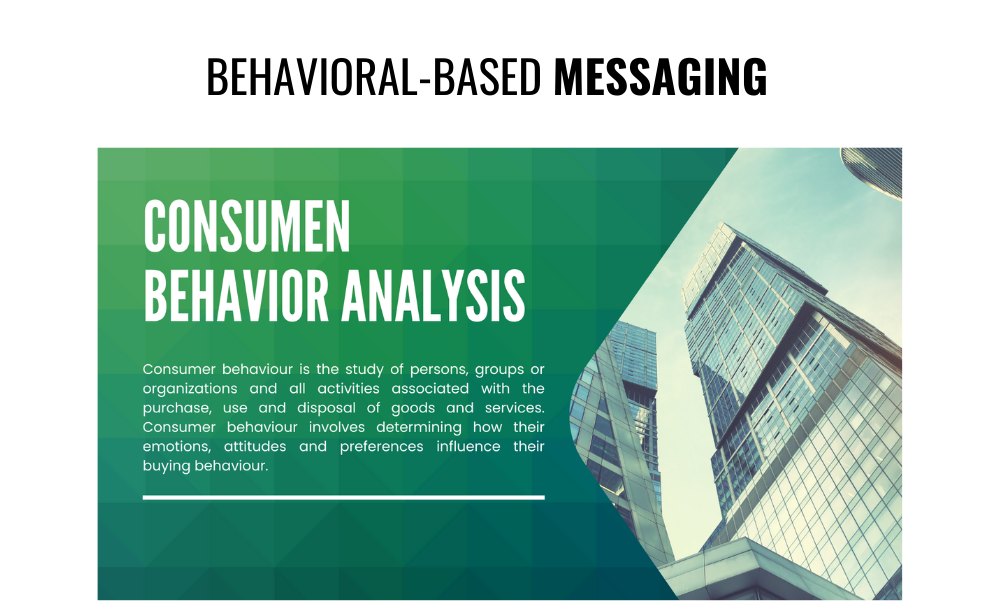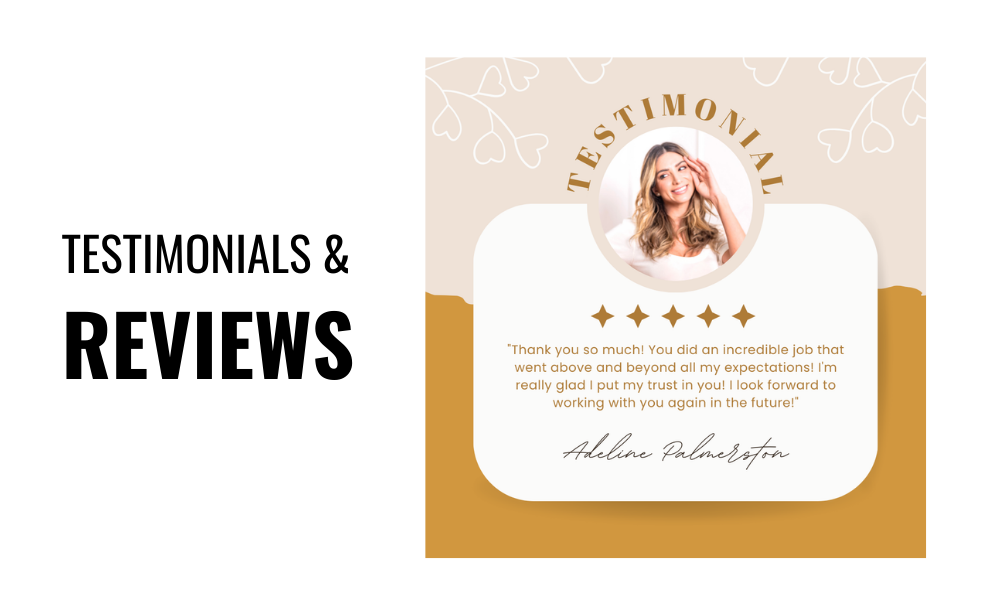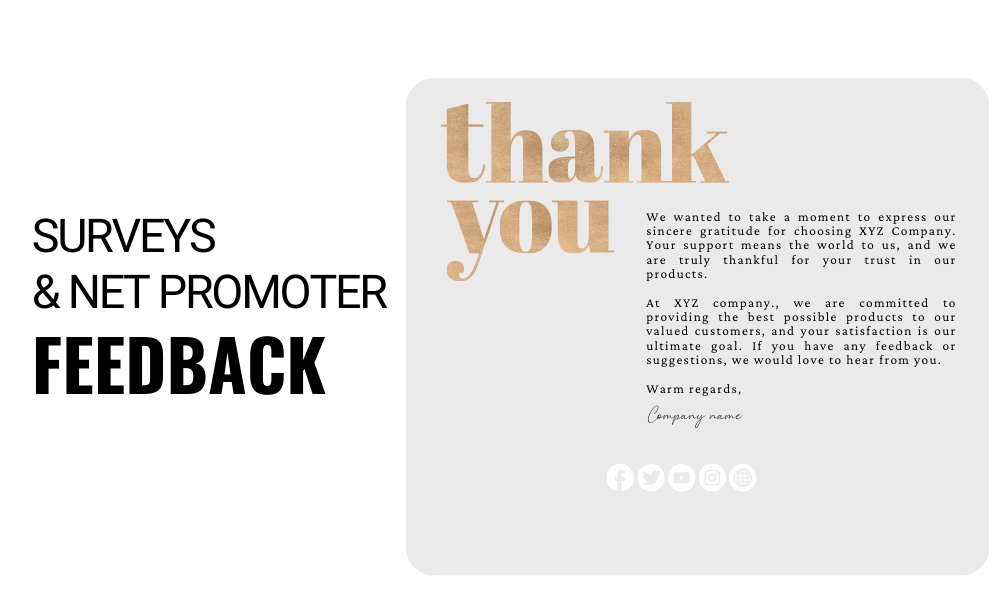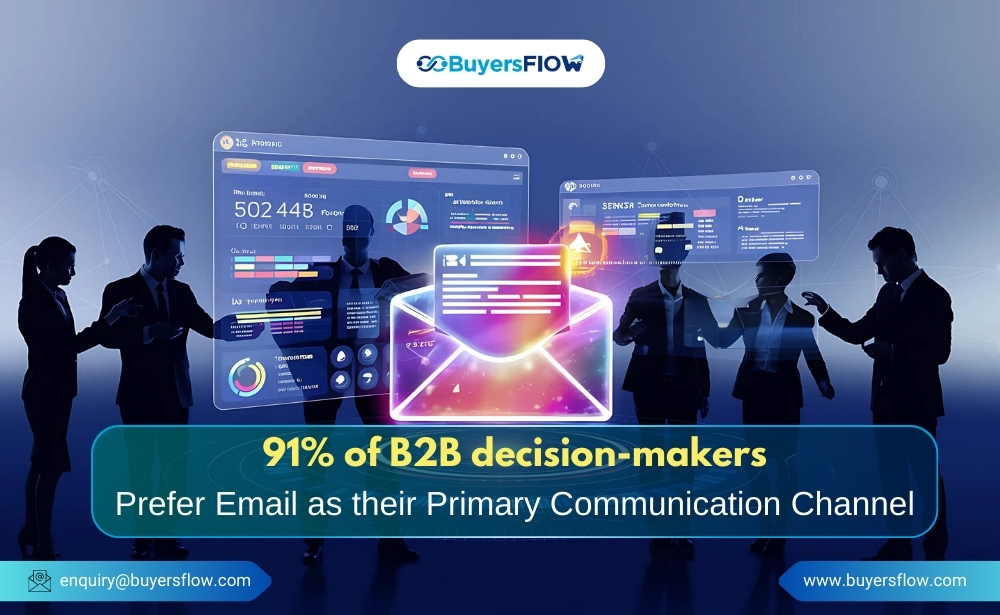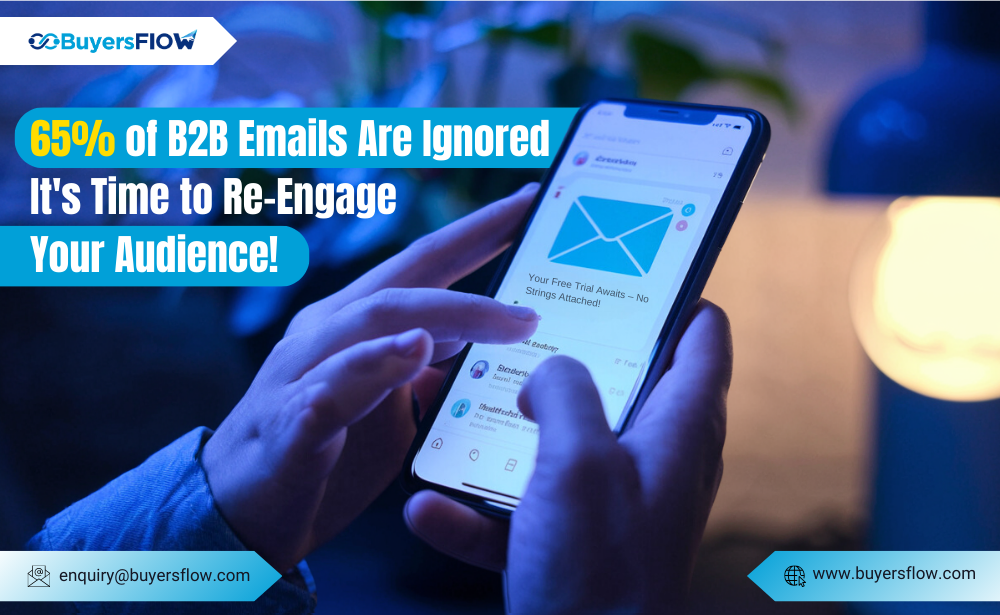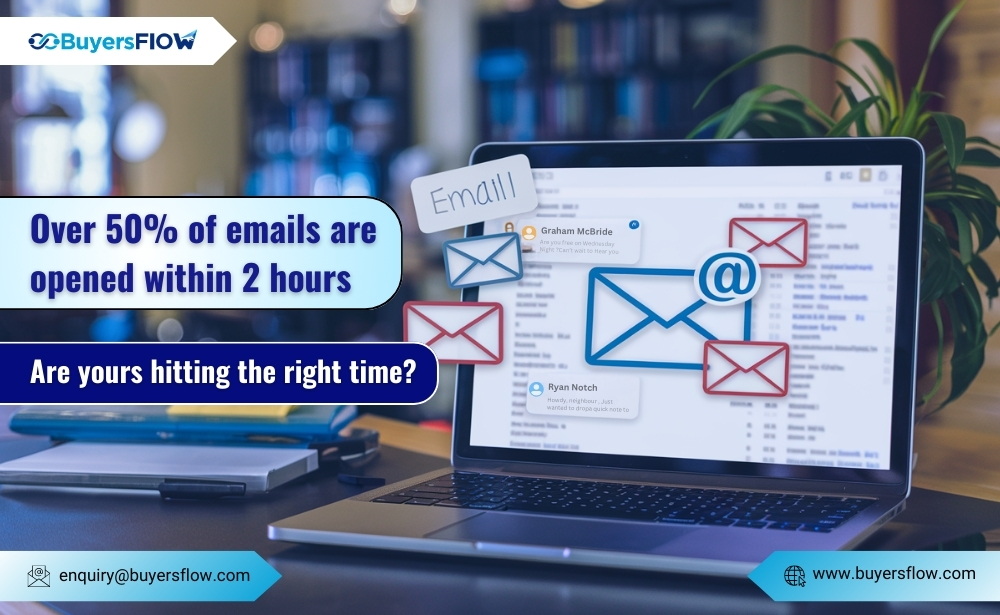Engaging your audience with new email marketing strategies can be exciting, but knowing where to start can be daunting. While there are dozens of routes you can take when creating email marketing content that aligns with your audience’s preferences, we’re sharing some content inspiration that will ensure you’re sending compelling emails that your subscribers will look forward to seeing in their inboxes.
While this list isn’t exhaustive, it’s full of effective and inspiring ideas to help you start creating an email program that meets your objectives, engages your subscribers and keeps your content fresh and exciting (regardless of your industry!).
1. The welcome journey
Welcome emails — boasting the highest open and engagement rates in an email series — are the messages subscribers expect to see in their inboxes, especially after subscribing or making their first purchase from your brand. The welcome email is an opportunity for you to not only meet your customer’s expectations — but to also exceed them with engaging content that keeps them wanting to see more of your content and products.
The initial communication you make with a subscriber sets the tone for your relationship with them. Providing a good experience is key. In some cases, your welcome email will be a brand introduction to someone who may become a customer someday. In others, you’ll be solidifying your relationship after an initial purchase. Be sure to share the value of your offerings; this will help you gain the trust of your audience and entice them to make that all-important first purchase.
Some key questions to ask yourself when creating your welcome email:
Are my welcome emails based on my subscribers’ behaviors, i.e. how they signed up?
When customers buy a specific product from me, what are they interested in seeing next, and can I send them relevant suggestions?
Is my welcome series a good mix of content, such as opportunities for subscribers to learn more about my brand, as well as promotions that provide opportunities for subscribers to purchase?
Does my welcome email set expectations around my business and the content I share?
2. Promotions & offers
A popular approach to enticing customers to take the next step in the buyer’s journey is offering promotions and offers consisting of discounts, deals, limited-time offers, seasonal sales, or birthday and anniversary offers as well as coupon codes. Free shipping promotions can also be effective in motivating recipients to complete a transaction. And, flash sales, additionally, create a sense of urgency, encouraging customers to act quickly to secure exclusive deals.
By framing your promotional messages as a narrative in which the customer is the hero that solves a problem by purchasing from you, you can create an engaging experience, while connecting emotionally with your audience, building trust and loyalty, and encouraging them to take action.
Keep in mind that the way customers view promotional emails is changing. As technology and the availability of information continue to grow, consumers are quickly becoming more aware of messages that are overly “salesy,” or even worse, spammy. So, plan to launch promos strategically and sporadically. Be sure to focus these emails on the offer, highlighting it with a stand-out call to action, and then, below the promotion, provide useful content to supplement and complement your offer, such as “how-to guides” and “top tips,” etc. — content you know your customers want to read.
3. Guides, blogs & other content
If inbound content marketing is a part of your overall marketing strategy, make sure your subscribers know you’re creating content for them. Creating guides, blogs and other pieces of content provides you with a chance to promote your field expertise while engaging your audience. Creating this content also gives you a prime opportunity to enhance your email strategy with fresh content every time you hit send.
For example, e-commerce fashion retailers could boost engagement by sending monthly updates on the latest fashion trends. Or, if you’re in publishing and media, a weekly opinion piece from the editor could drive open rates and subscriptions.
Don’t expect readers to spend too much of their time scrolling through your resources pages. Instead, work to provide your audience with curated and relevant content in a manner that’s also easily accessible. Some companies send weekly content highlights, showcasing a handful of different content pieces for their readers to engage with. By sending emails that give a brief overview of a new blog post along with a bold call to action, you’ll create a huge opportunity to drive engagement and boost your ROI.
4. Loyalty & rewards
Loyalty and rewards programs have become essential tools for brands wanting to build lasting relationships with their customers. By offering rewards such as exclusive discounts, personalized offers or free merchandise, businesses can foster a sense of belonging and create strong emotional connections with their customers. Additionally, offering loyalty and rewards to an already-engaged audience is both a practical and convenient way to retain customers, and given the current economy, such loyalty perks are vital in driving revenue from customers who make repeat purchases.
Sending rewards based on purchases is a great start, but recognizing and rewarding the loyalty of your most important customers is imperative. By segmenting your database, you can identify your most loyal customers — those that are most engaged or who have purchased the most — and offer a special treat to thank them for their loyalty.
Loyalty and rewards can be expressed in dozens of ways — especially when you implement automation. Automations are a great way to identify important events such as a birthday or anniversary — and provide a special offer as a reward.
5. Newsletters & announcements
If your company has the resources, sending a standard newsletter can help you build relationships with your customers while keeping them updated on the latest work you’re doing, especially if your focus is on content marketing. These emails are so important because they offer a consistent touchpoint with your audience. In order to establish this consistency, creating a regular send cadence, such as weekly or monthly sends, is key.
Newsletters and announcements can help bring to life different content themes by sharing new blog content, inviting subscribers to an event, or simply letting customers know what’s new with your brand.
Above all, a newsletter will keep your company present and top-of-mind for your audience. Any sales and engagement that occur as a result of your newsletter are a prime advantage, so you should absolutely invest in optimizing these campaigns to drive engagement. Most importantly, make sure you’re sending compelling content to keep your subscribers interested.
6. Behavioral-based messaging
Behavioral-based emails are a dynamic tool in email marketing, allowing brands to deliver the right message to the right audience at the right time, which will ultimately boost engagement and result in a more positive customer experience. You can send behavioral-based emails for almost any action taken by a customer as long as you have a way to track that activity, such as asking them to log in before using your site, service or store.
With the ability to track and analyze customer behavior, such as website visits, clicks and past purchases, you’ll have the opportunity to segment and personalize your messaging based on each recipient’s preferences and interests. This refined and personal approach can lead to increased open rates, click-through rates and overall engagement, as customers are more likely to interact with content that genuinely resonates with them. Additionally, personalization at this level helps forge a stronger connection between your brand and customers, boosting the possibility of conversion and customer loyalty.
7. Testimonials & reviews
Testimonials and reviews play a vital role in digital marketing strategies, offering a number of benefits to brands. Essentially, testimonials and reviews provide social proof, which gives potential customers reassurance and confidence in your brand’s products and services.
By highlighting the positive experiences of satisfied customers, you can influence the purchasing decisions of potential customers. With testimonials and reviews building credibility and trust, brands can establish themselves as reliable and trustworthy, which is vital, especially in an era where consumers heavily rely on online feedback.
8. Surveys and net promoter feedback
Asking your customers how well your company is meeting their needs can be a very vulnerable conversation. But these conversations also give you practical insights about your performance, the culture you’re creating with your customer base, and how to continue, stop, improve or begin new processes to engage with your customers.
Surveys also provide insight into who your customers are. Assuming certain things about whom you’re actually trying to sell to can result in missed opportunities and low metrics. Instead, ask your customers questions to see what they have to say when they fill out a survey. Email is definitely the channel to send these invitations for feedback.
Ready to craft captivating email content that gets results? Sign up for a free BuyersFlow trial today and discover how our platform empowers you to transform your email marketing strategy!
